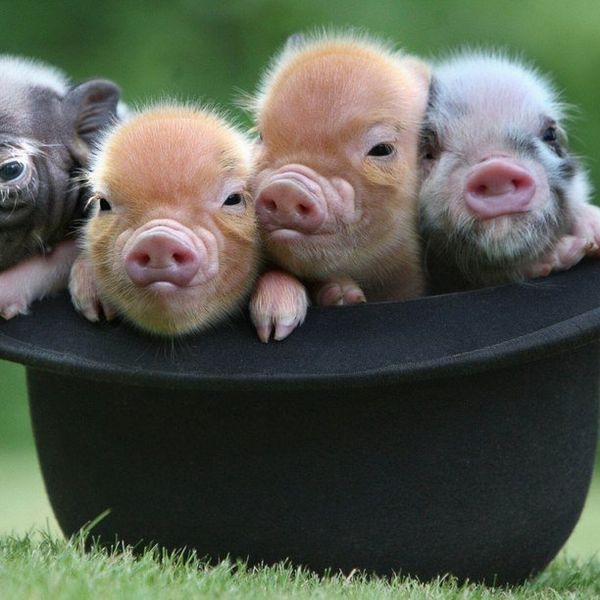When Rachael Denhollander first spoke publicly about the horrific abuse she experienced at the hands of a USA Gymnastics physician Larry Nassar, I half-expected the monster she was implicating to have horns sprouting from his head, perhaps fangs or claws—something to visually differentiate him from the kind and decent humanity I thought I knew. But nothing in the appearance of Nassar gave away his predilection for destroying the lives of children. The picture provided in the article describing his crimes had him wearing a crisp polo. His face was clean shaven, and below the photograph was his name sandwiched by his lofty credentials, doctor of osteopathy. Elsewhere, he is described as “one of the most respected gymnastics professionals,” by a former US Olympics Gymnastics Team coach. Where did this, his human side, end and his evil begin?
The truth, of course, was that the doctor in the picture was the entirely human monster described by Denhollander and more than 150 survivors thereafter, appearing exactly how he did when he committed his hundreds of crimes. Larry Nassar was and is an evil human being, despite any other pleasant interactions he may have had. And when we refuse to believe that otherwise normal people—husbands, fathers, brothers, pillars of a community—can be as predatorily despicable as the public now knows Nassar to be, we are denying the all-too-real experience of sexual abuse survivors solely for the upkeep of our own naïveté.
The persistent need to think of these acts as something outside of human nature no doubt stems from our tendency to color ourselves and those close to us with shades of improbable goodness. To admit that humans are intrinsically capable of evil is to concede that we, too, are capable of that evil, and, more appropriately for this discussion, that the people we know, love, and with whom we regularly associate are also capable of evil. It is convenient and comforting, then, to dichotomize the world into those who are like us, the good, and those who are unlike us, the inhuman.
When distant strangers like Larry Nassar are accused of heinous crimes, it is easy to fall back on this dichotomy and simply reclassify him as something altogether different from ourselves and our social network. But if allegations fall upon those who are close to us, how does our dichotomous system reconcile two simultaneous experiences, our own and those of the abused? If we have witnessed the humanity in a friend, coworker, etc., and someone else has witnessed evil in them, upholding a vision of a human race devoid of the capabilities of monstrosities like rape and sexual abuse inevitably results in the disbelief of real sexual abuse survivors.
This flaw in the conceptualization of humanity is what often contributes to sending institutions down paths of destruction, allowing serial abusers like Larry Nassar or Jerry Sandusky to flourish. For decades, Jerry Sandusky was allowed to prey on young boys at his home and in the Penn State locker rooms. This, because the few brave testimonies that made it to Sandusky’s superiors, namely Joe Paterno and the Penn State administration, did not survive a simple question: how could a friend, a colleague, be capable of this evil? The ongoing investigations at Michigan State, which have now branched outward into patterns of sexual abuse by members of the football and basketball teams, is sure to reveal a similar pattern of doubting survivors of sexual crimes in favor of protecting the image of friends and team members who were accused.
Evil is inescapably human, as much as a rosy perception of our species would lead us to otherwise believe. Some would rather assert that Larry Nassar is not human, but a wolf in sheep’s clothing. But this establishes a mindset that will indefinitely doubt the accounts of sexual abuse survivors. If the voice struggling to be heard comes to us, reporting atrocities committed by our coworkers, teammates, or friends, the very least we can do is wholeheartedly listen, take appropriate action, and remember what our humanity makes us capable of doing.



















